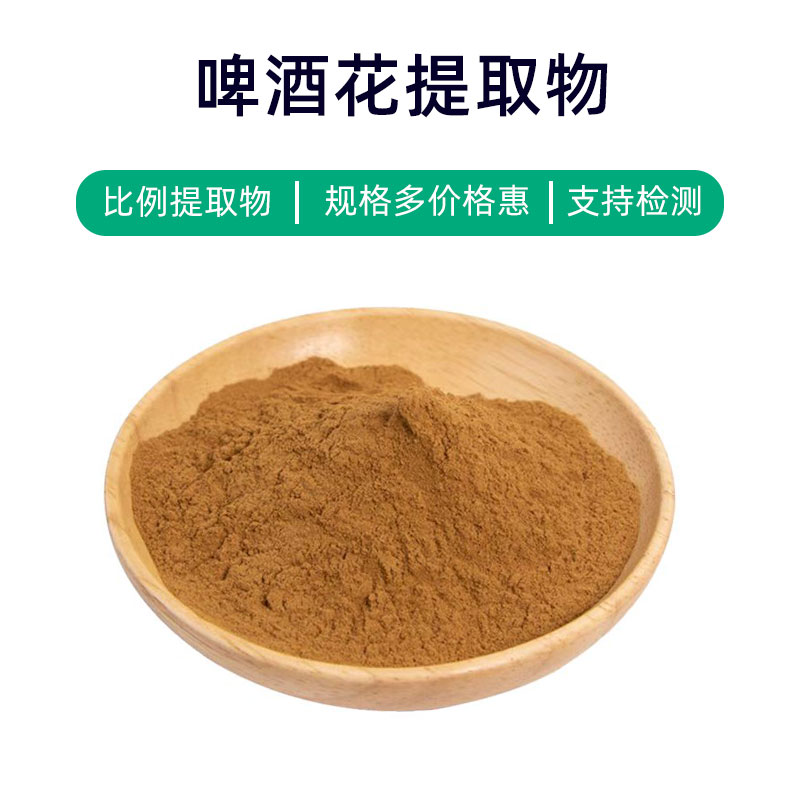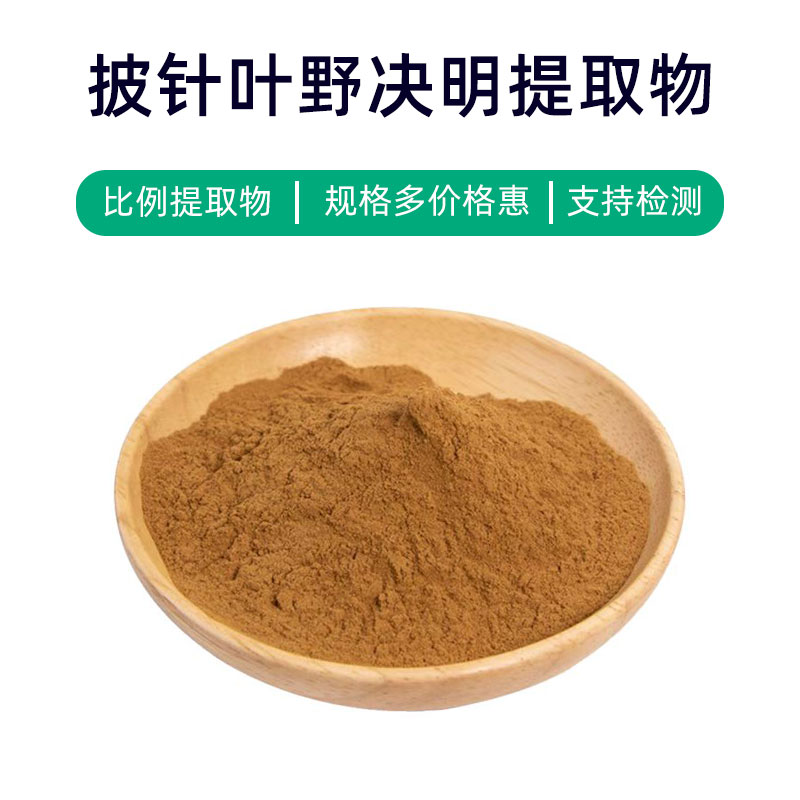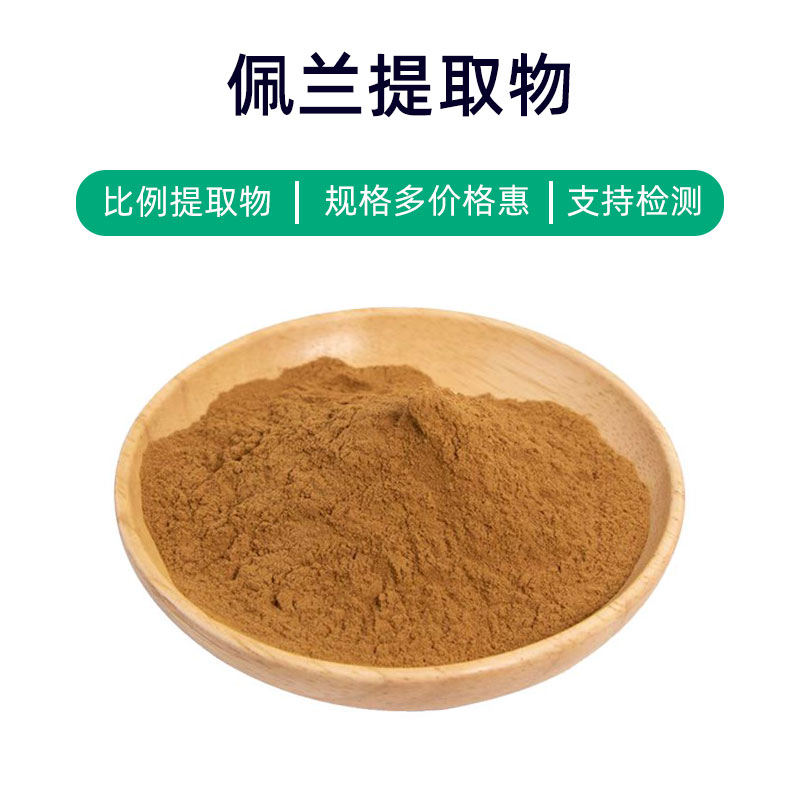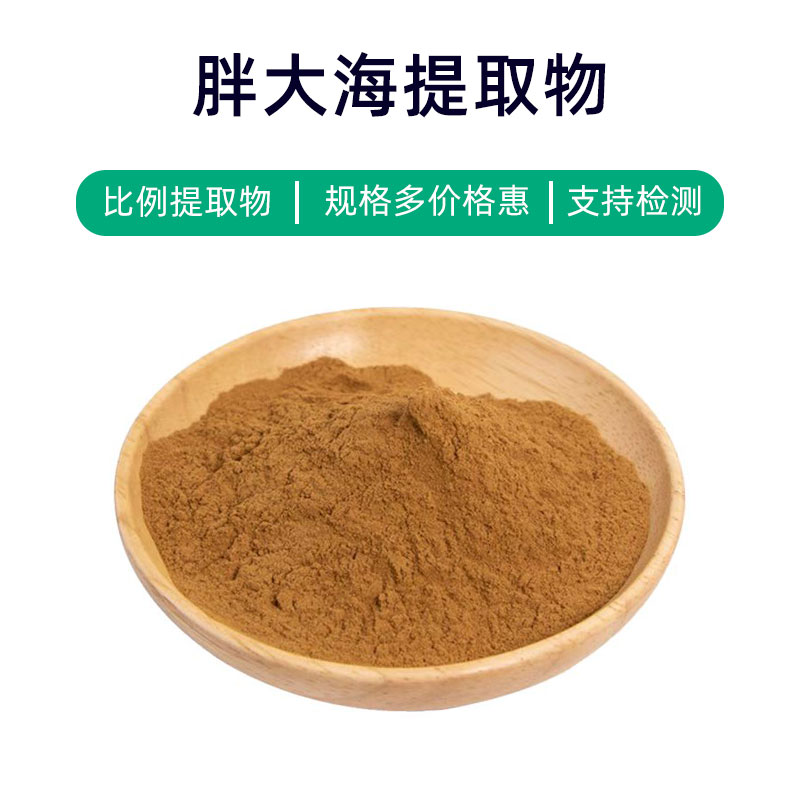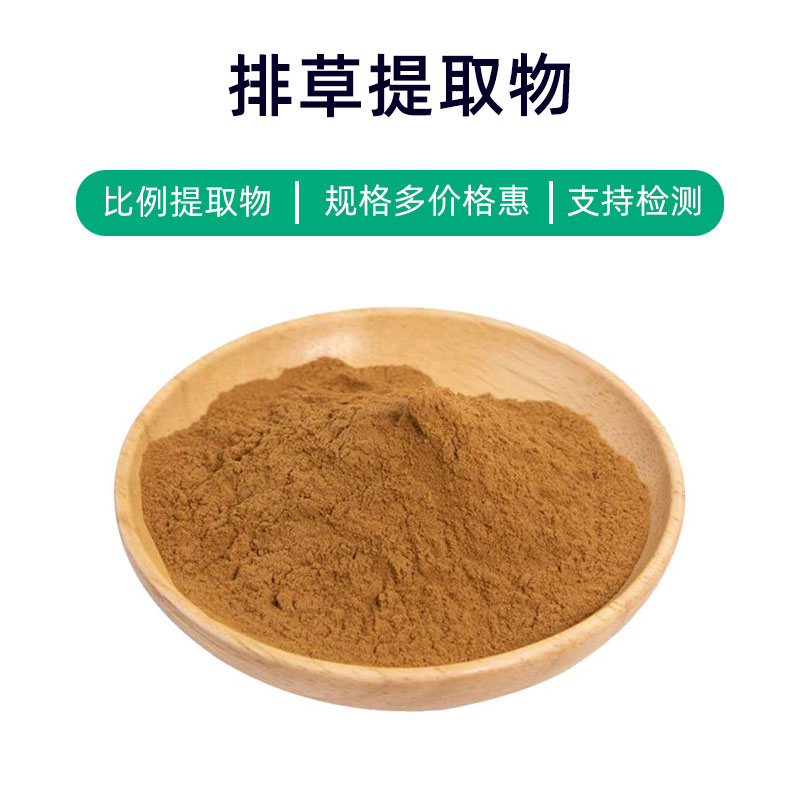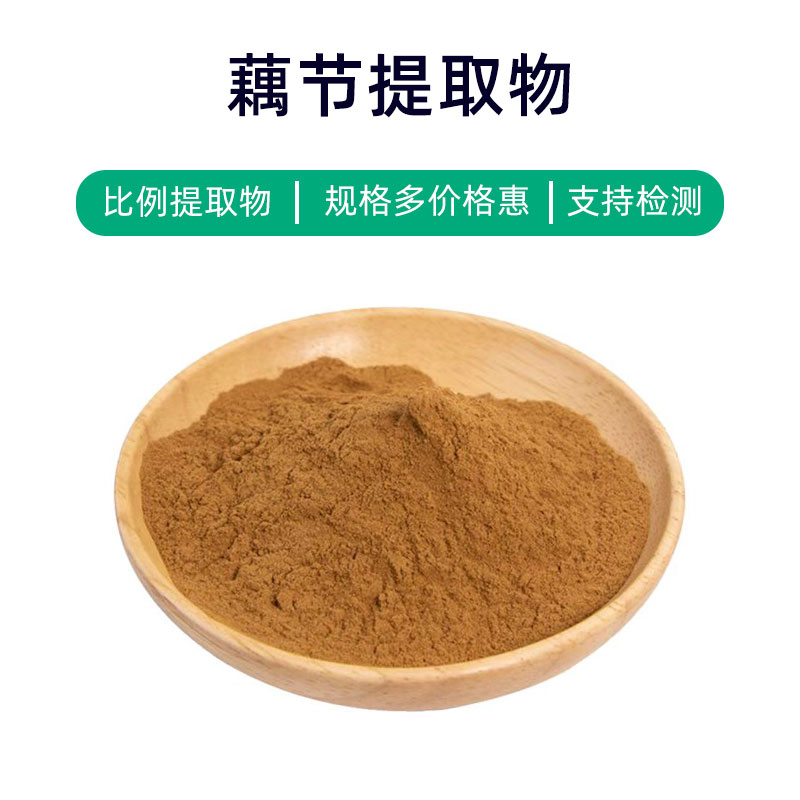Introduction to Tribulus Terrestris Extract
Tribulus Terrestris extract is a natural plant extract derived from the Tribulus plant, primarily containing saponins like protodioscin. These compounds are believed to have various health benefits, including enhancing sexual function, boosting the immune system, improving athletic performance, and promoting muscle growth. It is widely used in dietary supplements, sports nutrition, and herbal formulations. In dietary supplements, it is commonly utilized to improve men's health, such as increasing libido, enhancing sexual function, and supporting reproductive health. In sports nutrition, Tribulus Terrestris extract is used as a muscle-building agent and performance enhancer, helping to improve stamina and endurance while promoting muscle growth and recovery. In herbal formulations, it is employed to support kidney and urinary system function and to treat male sexual dysfunction. Overall, Tribulus Terrestris extract holds great promise in the fields of male health, sports nutrition, and traditional herbal medicine.
Production Process of Tribulus Terrestris Extract
The production process of Tribulus Terrestris extract generally includes the following steps:
- Raw Material Collection and Preparation: Fresh Tribulus plants are collected and undergo initial processing, including washing, impurity removal, and chopping, to improve extraction efficiency.
- Solvent Extraction: The processed plant material is mixed with an appropriate solvent (like ethanol or water) and immersed for extraction. Typically, repeated extraction is performed to thoroughly extract the active components.
- Filtration and Concentration: The extract is filtered to remove plant residues and impurities, resulting in a clear liquid. Following this, evaporation or other concentration methods are used to remove the solvent and obtain a concentrated extract.
- Precipitation and Separation: Under suitable conditions, by adjusting the temperature of the extract or adding an appropriate precipitating agent, the target components in the extract precipitate. Centrifugation or filtration is then used to separate the precipitate.
- Drying and Grinding: The separated precipitate or concentrated extract is dried to remove residual moisture, resulting in a dry extract. This extract is then ground to achieve the desired particle size.
- Quality Control and Testing: The produced extract undergoes quality control, involving checks on appearance, color, aroma, etc., to ensure the product meets standards. Suitable testing methods, like HPLC or UV-Vis spectrophotometry, are employed for component analysis and content determination.
- Packaging and Storage: Finally, the extract is packaged, typically using airtight materials to prevent exposure to oxygen, moisture, and light. The packaged extract is then stored in a cool, dry, and dark environment to maintain its stability and potency.
Effects and Side Effects of Tribulus Terrestris Extract
Tribulus Terrestris extract is a commonly used herbal extract with various effects and benefits, primarily including:
- Anti-Inflammatory Effects: It contains multiple bioactive components that exhibit significant anti-inflammatory properties, alleviating inflammation, pain, and swelling.
- Antioxidant Effects: The antioxidant substances in the extract can neutralize free radicals, reduce oxidative damage, and protect cells from oxidative stress, potentially slowing down the aging process.
- Antibacterial Effects: Certain active components demonstrate antimicrobial activity against specific bacteria and fungi, aiding in the prevention and treatment of infectious diseases.
- Liver Protection: Studies suggest that the extract can help protect the liver from toxins and chemicals, promoting regeneration and repair of liver cells, and serving as adjunctive treatment for liver dysfunction.
- Blood Sugar Regulation: Some components are believed to help regulate blood sugar levels, improving pancreatic function and providing supportive treatment for diabetes.
- Digestive Support: Active components promote digestive secretions and increase gastrointestinal motility, improving digestive function and alleviating symptoms like indigestion, stomach pain, and bloating.
- Antiallergic Effects: Certain ingredients possess antiallergic properties that can mitigate allergic responses, relieving symptoms of allergic conditions such as allergic rhinitis and skin itching.
- Antitumor Effects: Some research indicates that active components may inhibit tumor cell proliferation and metastasis, showing potential anticancer effects.
While Tribulus Terrestris extract offers numerous benefits, potential side effects such as allergic reactions, digestive discomfort, and liver or kidney function impairment may occur. It’s advisable to consult with a healthcare provider or pharmacist before use and adhere to the recommended dosage to avoid adverse reactions.
Application Scenarios and Dosage for Tribulus Terrestris Extract
Tribulus Terrestris extract finds extensive application in the fields of medicine, food, and cosmetics. Below are its application scenarios and recommended dosages in different areas:
- Medical Field:
- Digestive Disorders: Commonly used to treat digestive issues such as gastritis, gastric ulcers, and gastrointestinal dysfunction. Typical dosage is 2-3 grams taken orally, 2-3 times a day.
- Antibacterial and Anti-inflammatory: Its antibacterial and anti-inflammatory properties make it suitable for treating mouth ulcers and gingivitis. It can be used in mouth rinses and oral sprays, with dosage determined on a case-by-case basis.
- Skin Condition Treatment: Helpful in treating skin conditions like eczema and itching. It can be formulated into topical ointments or sprays for use on affected areas, with dosage adjusted according to the condition.
- Food Field:
- Health Supplements: Active components in the extract have health benefits, often used in health food products like capsules and tablets. It is advised to follow the instructions on product labels regarding dosage.
- Flavoring Agent: Can function as a food flavoring, added to sauces, soups, and other foods to enhance flavor and nutritional value.
- Cosmetic Field:
- Skincare Products: Antioxidant components aid in protecting the skin from free radical damage, helping to delay skin aging. It is used in skincare products like masks, creams, and lotions, generally forming part of the product formula.
- Cleansing Products: Its cleansing and anti-inflammatory properties allow it to be incorporated into cleansers and facial washes for effective facial cleansing.
In summary, Tribulus Terrestris extract has broad applications in medicine, food, and cosmetics. Its use should follow product instructions or physician recommendations. Attention should be paid to product quality and safety to prevent excessive or prolonged use, which may lead to adverse effects.
Introduction to the Source Plant of Tribulus Terrestris Extract: Distribution and Growing Environment
Tribulus (scientific name: Tribulus terrestris) is a common perennial herb belonging to the Zygophyllaceae family. It is also known as puncture vine, goat head, and other names, being a widely distributed wild plant. Here's an overview of the source plant for Tribulus Terrestris extract, including its distribution and growing conditions:
- Plant Description:
- Tribulus is a perennial herbaceous plant that grows about 20-50 centimeters tall, forming clumps with many branched stems densely covered with sharp spines.
- The leaves are compound, with leaflets arranged oppositely and have serrated edges. The petioles are long and hairy.
- The flowers are yellow, arranged in a short cluster, with five petals and numerous stamens.
- The fruit is a capsule containing several seeds, with hard, spiny protrusions on the seed surface, hence the name.
- Distribution:
- Tribulus is widely distributed, primarily growing in subtropical and temperate regions, including Asia, Africa, Europe, North America, and Australia.
- In China, it can be found in North China, Central China, East China, and Southwest China, often appearing in fields, wastelands, alongside roads, in desert areas, and in low-altitude mountain regions.
- Growing Environment:
- It thrives in environments with plenty of sunlight, dry conditions, and sandy or chalky soils, exhibiting strong adaptability to soil types, including poor soils.
- It is also somewhat drought-resistant, commonly found in barren areas and deserts.
- The growing season typically spans from spring to summer, with flowering and fruiting occurring in late summer to fall.
Overall, Tribulus is a resilient, widely distributed perennial herb that primarily grows in dry, sunny areas within subtropical and temperate regions, often found in wastelands, along roadsides, and in desert terrains.
Processing and Storage of Tribulus Terrestris Extract
The processing of Tribulus Terrestris extract usually involves the following steps: initially, the herbaceous parts of the plant are collected and washed to remove impurities; subsequently, they are crushed or ground for effective extraction of active components; then, suitable extraction methods (such as water or alcohol extraction) are applied to isolate the active ingredients; finally, through filtration, concentration, and drying, the Tribulus Terrestris extract is obtained. For storage, it should be kept in a cool, dry, and dark environment, avoiding direct sunlight and high temperatures to preserve its stability and the effectiveness of its active components.
Monica Sun is a seasoned expert in the plant extraction industry with over a decade of experience in research and production. She specializes in the extraction and purification of plant active ingredients, focusing on driving innovation in natural product applications. Monica has participated in the development of multiple functional plant extracts, delivering high-value natural raw material solutions for the health food, pharmaceutical, and dietary supplement sectors.









